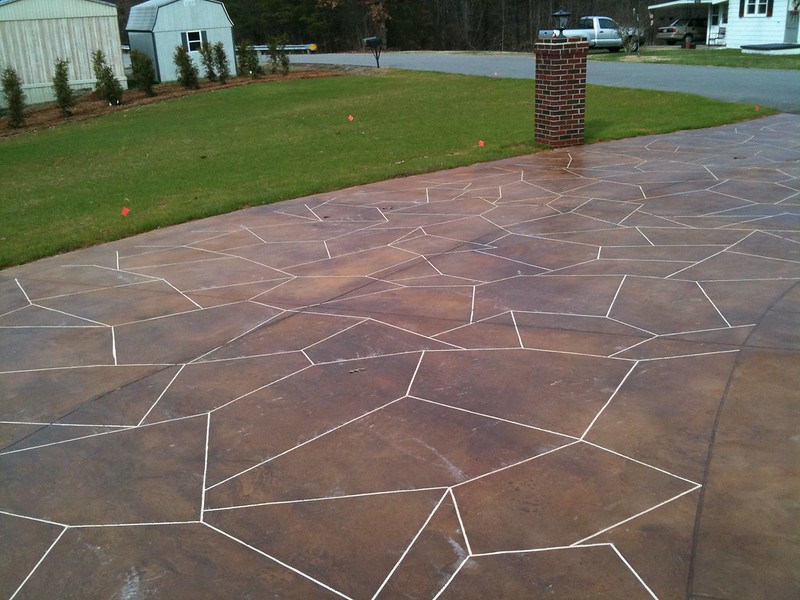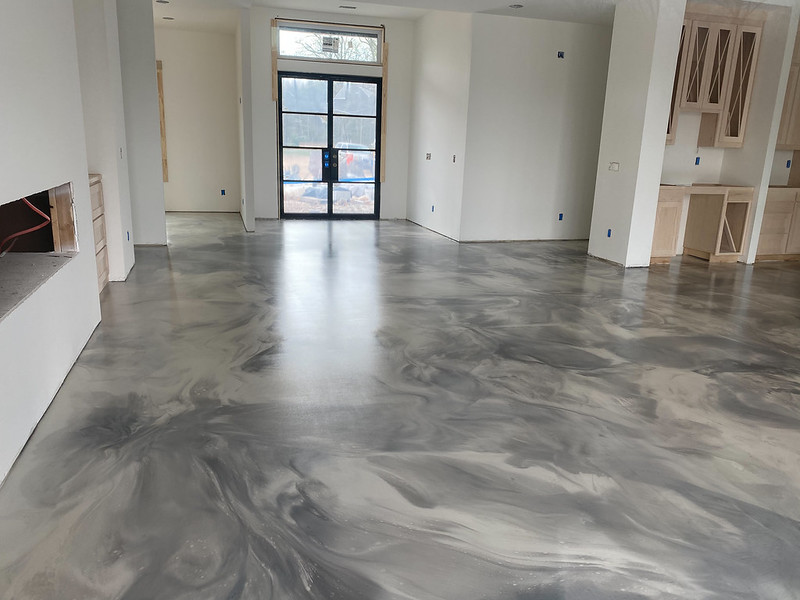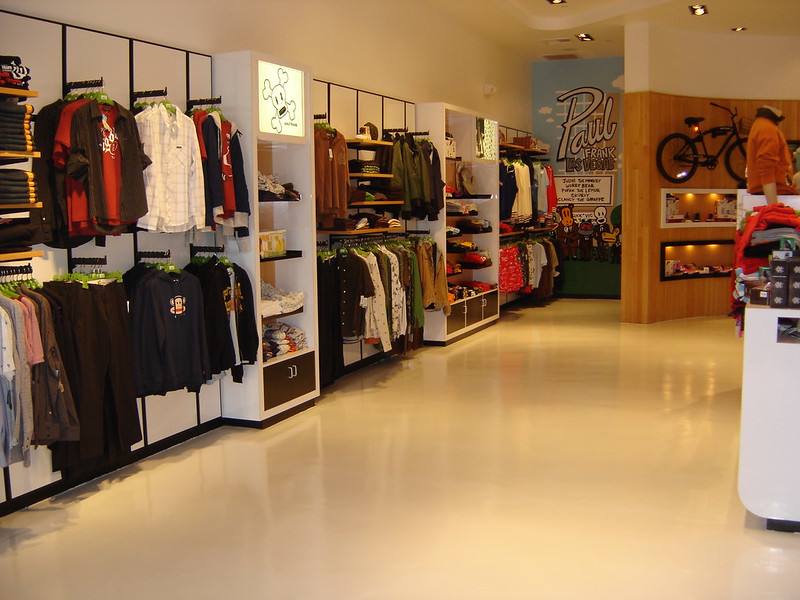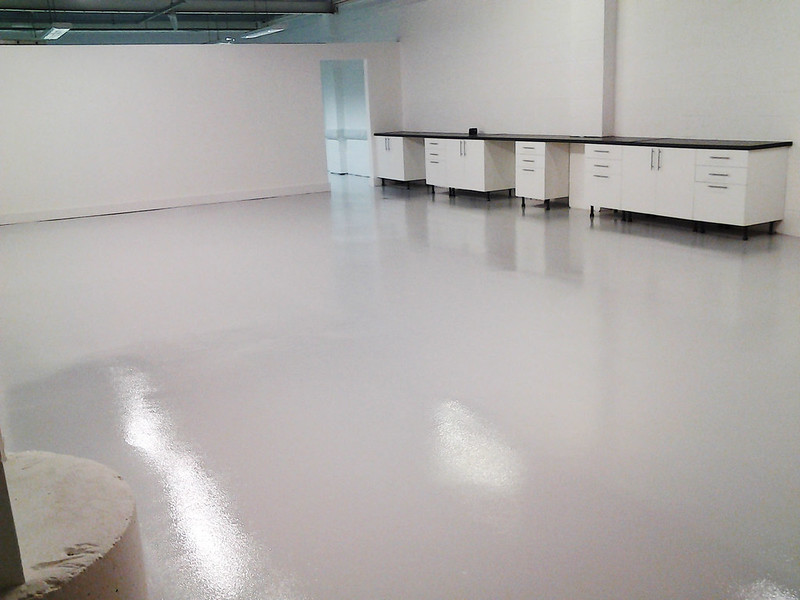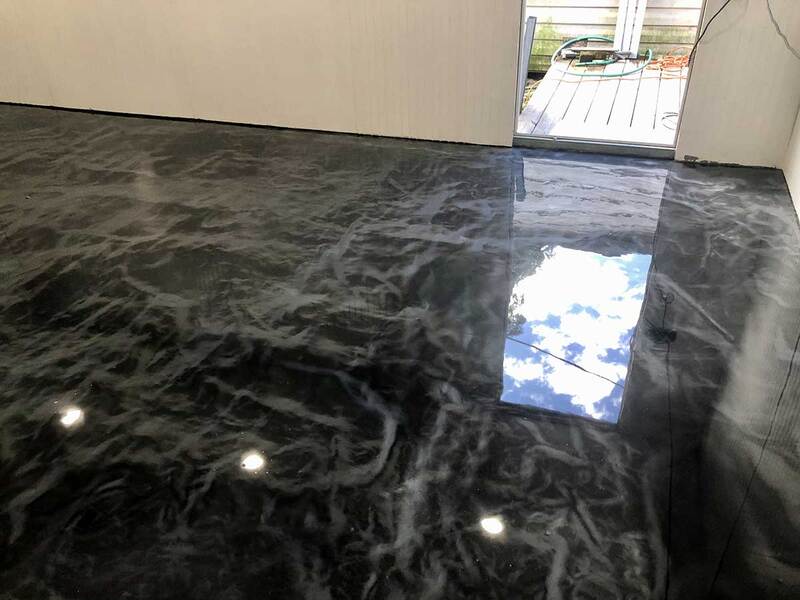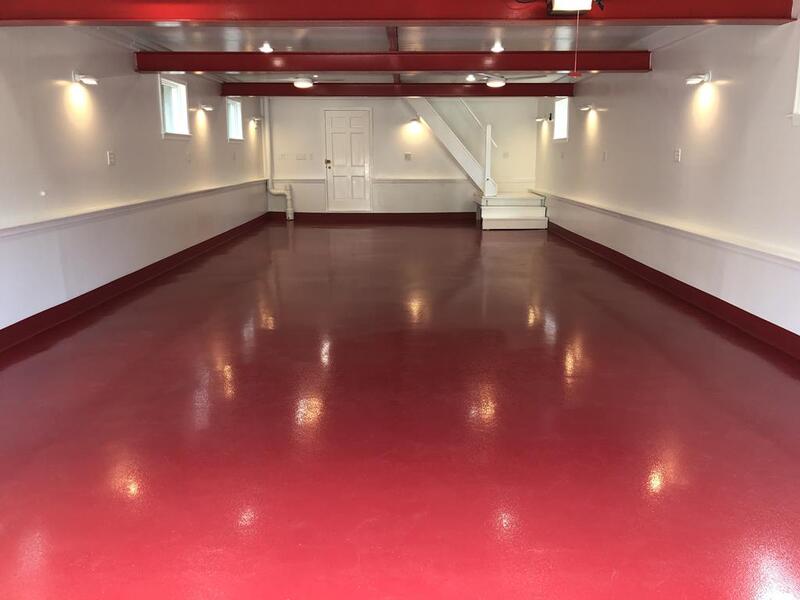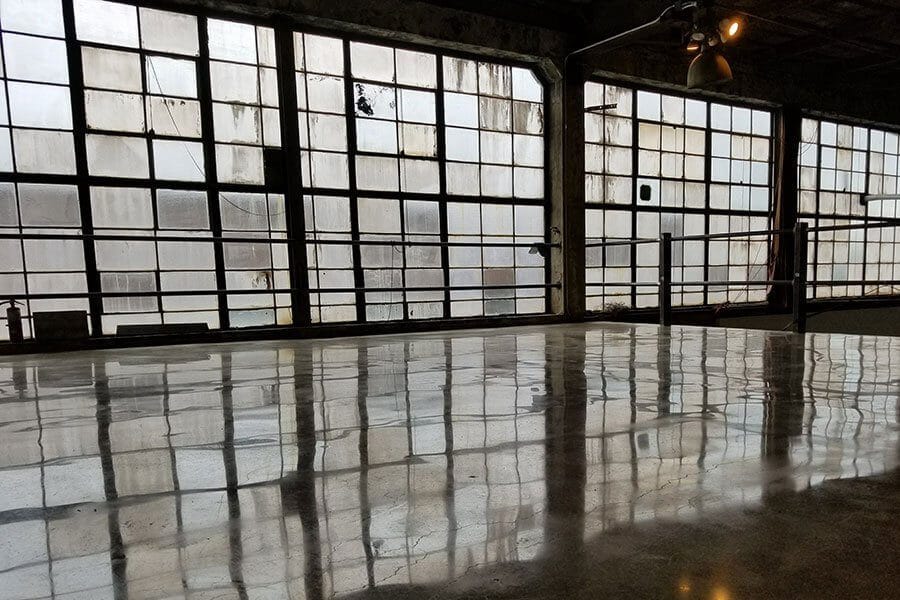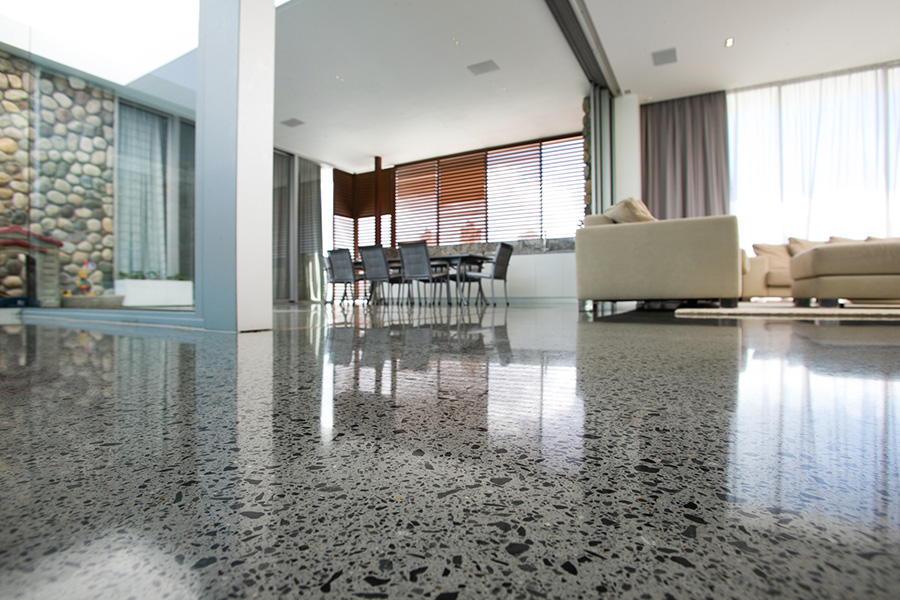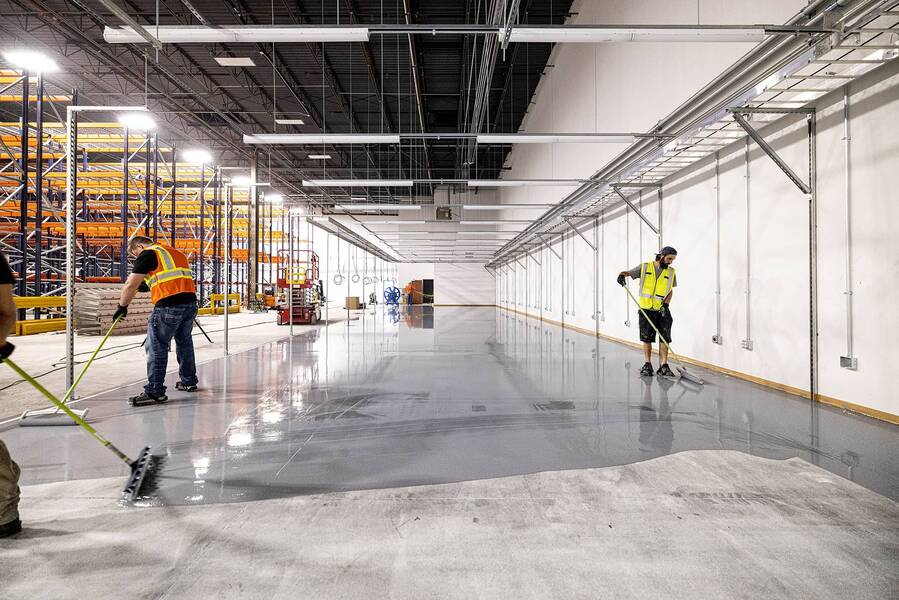Did you know that polyaspartic coating can revolutionize your projects with its rapid results? This innovative coating not only saves you time and money, but also provides exceptional protection for various applications. In this article, we will explore the advantages of polyaspartic coating, the science behind its rapid results, and offer tips for successful application. Get ready to discover the game-changing benefits of polyaspartic coating and unleash the full potential of your projects.
The Advantages of Polyaspartic Coating
You should definitely consider using polyaspartic coating for its numerous advantages. Polyaspartic coating is a revolutionary coating technology that offers many benefits in various applications. One major advantage of polyaspartic coating is its rapid cure time. Unlike traditional coatings that can take days to cure, polyaspartic coating can cure within a matter of hours, allowing for faster project completion and reduced downtime. This is especially beneficial in industries where time is of the essence, such as commercial flooring or industrial equipment coatings.
Another advantage of polyaspartic coating is its exceptional durability. It is highly resistant to abrasion, chemicals, and UV rays, making it an ideal choice for high-traffic areas and outdoor applications. Polyaspartic coating also provides excellent adhesion to a wide range of surfaces, including concrete, metal, and even existing coatings, ensuring long-lasting protection and performance.
In addition to its durability, polyaspartic coating offers superior aesthetics. It is available in a variety of colors and finishes, including clear coatings that enhance the natural beauty of the substrate. Its high gloss finish can transform dull surfaces into vibrant, visually appealing ones. Furthermore, polyaspartic coating has excellent color retention properties, ensuring that the coating will retain its original color for years to come.
Furthermore, polyaspartic coating has low VOC (volatile organic compounds) content, making it an environmentally friendly choice. It emits fewer harmful fumes during application, creating a safer work environment for applicators and reducing the impact on air quality.
Applications of Polyaspartic Coating
Polyaspartic coating is commonly used in the automotive industry to protect vehicles from scratches, UV damage, and chemical spills. However, its applications extend beyond just automotive protection. This versatile coating can be used in various industries and settings, providing excellent protection and durability.
One of the key applications of polyaspartic coating is in the construction industry. It is widely used as a protective coating for concrete floors and surfaces. Polyaspartic coatings offer superior resistance to abrasion, chemicals, and UV radiation, making them ideal for industrial and commercial environments. They provide a seamless, high-gloss finish that not only protects the concrete but also enhances its appearance.
Another important application of polyaspartic coating is in the marine industry. Boats and marine structures are constantly exposed to harsh environmental conditions, such as saltwater, UV radiation, and impacts from debris. Polyaspartic coatings can provide long-lasting protection against these elements, extending the lifespan of marine vessels and structures.
Polyaspartic coatings are also used in the manufacturing industry, particularly for metal surfaces. They offer excellent corrosion resistance, protecting metal components from rust and degradation. Additionally, polyaspartic coatings can enhance the aesthetics of metal surfaces, providing a smooth and durable finish.
In the flooring industry, polyaspartic coatings are used for both residential and commercial applications. They can be applied to various types of flooring, including concrete, wood, and tile. Polyaspartic coatings provide a protective barrier against stains, chemicals, and wear, while also offering a customizable finish.
How Polyaspartic Coating Saves Time and Money
By using polyaspartic coating, you can save both time and money on your construction projects. Polyaspartic coating offers several advantages that contribute to significant savings in both areas.
Here’s how polyaspartic coating can help you save time and money:
Rapid curing time: Polyaspartic coatings have an incredibly fast curing time, allowing for quick project completion. Unlike traditional coatings that may take days to dry, polyaspartic coatings can cure within hours. This reduces downtime and allows for faster turnaround, ultimately saving you time and labor costs.
One-coat application: Polyaspartic coatings are often applied in a single coat, eliminating the need for multiple coats and reducing material costs. This saves both time and money by reducing the number of steps required in the coating process.
Durability and longevity: Polyaspartic coatings are highly durable and resistant to wear, chemicals, and UV rays. Their long-lasting performance minimizes the need for frequent repairs and recoating, saving you money on maintenance and extending the lifespan of your structures.
In addition to these time and cost-saving benefits, polyaspartic coatings also offer other advantages, such as excellent adhesion to various surfaces, low volatile organic compound (VOC) content, and a wide range of color and finish options. These factors make polyaspartic coating a practical choice for a variety of construction projects.
The Science Behind Polyaspartic Coating’s Rapid Results
With its unique chemical composition, polyaspartic coating achieves rapid results through its fast-curing and efficient application process. The science behind polyaspartic coating’s rapid results lies in its ability to undergo a chemical reaction known as polyaspartic esterification. This reaction occurs when the polyaspartic coating is applied to a surface and reacts with moisture in the air. The polyaspartic esterification process is highly efficient, allowing for a quick curing time and fast results.
Polyaspartic coating contains a specific type of polyurea resin, which is the main component responsible for its rapid curing. This resin has a high reactivity rate, meaning it can quickly react with moisture to form a durable and protective coating. Unlike other coatings that require hours or even days to dry, polyaspartic coating can cure in a matter of minutes. This is particularly advantageous for time-sensitive projects or areas that need to be quickly put back into use.
In addition to its fast-curing properties, polyaspartic coating also boasts excellent adhesion to various surfaces. Its chemical composition allows it to bond tightly to concrete, metal, wood, and other substrates, providing a long-lasting and durable finish. This strong adhesion ensures that the coating will not peel, crack, or chip easily, even in high-traffic areas or harsh environmental conditions.
Furthermore, polyaspartic coating is resistant to UV radiation, chemicals, and abrasion, making it suitable for a wide range of applications. Its resistance to these elements ensures that the coating will maintain its appearance and protective properties over time. This durability and resilience contribute to the longevity and cost-effectiveness of polyaspartic coating.
Tips for Successful Polyaspartic Coating Application
For a smooth and flawless finish, follow these tips to ensure a successful polyaspartic coating application:
- Surface Preparation
- Thoroughly clean the surface to remove any dirt, oil, or contaminants that could affect adhesion.
- Repair any cracks or damage in the substrate before applying the polyaspartic coating.
- Ensure the surface is dry and free from moisture before starting the application process.
- Proper Mixing
- Follow the manufacturer’s instructions for mixing the polyaspartic coating.
- Use a paddle mixer or mechanical mixer to achieve a uniform consistency.
- Avoid overmixing, as it can introduce air bubbles into the coating.
- Application Technique
- Use a high-quality roller or brush to apply the polyaspartic coating.
- Work in small sections to ensure even coverage and avoid drying before the coating can be spread properly.
- Apply the coating in thin, even coats to prevent drips or pooling.
Key Takeaways
- Polyaspartic coating offers rapid cure time, allowing for faster project completion and reduced downtime.
- It provides exceptional durability, being highly resistant to abrasion, chemicals, and UV rays.
- The coating has excellent adhesion, bonding tightly to various surfaces and ensuring long-lasting performance.
- Polyaspartic coating saves time and money through its rapid curing time, one-coat application, durability, and low VOC content.


